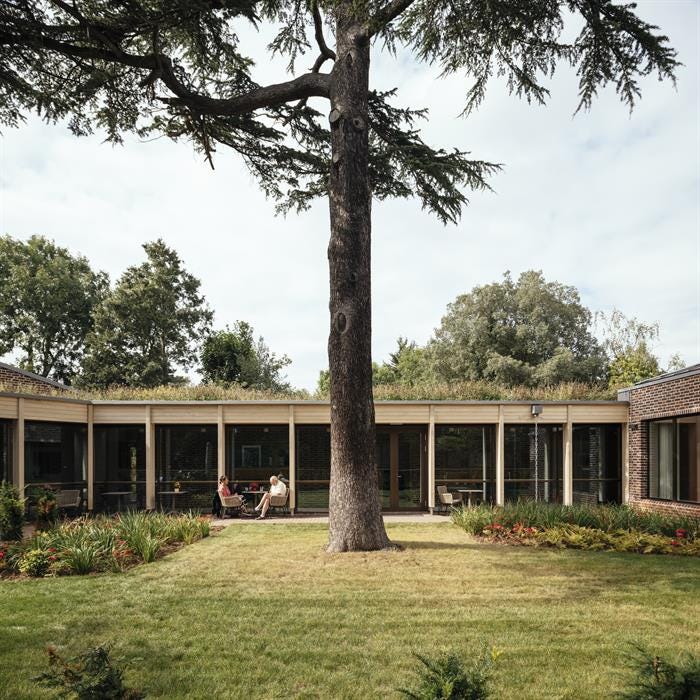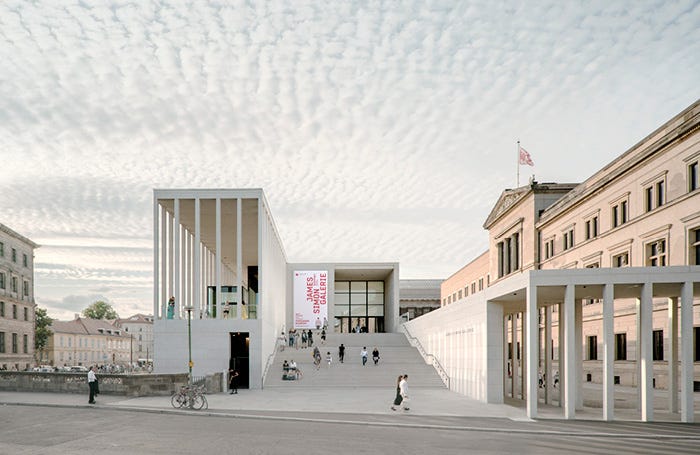Density, Part 3: Close to the ground, a winning trend

Prizes don’t always reflect lasting value, but when you see a slew of awards going to the same types of projects, it generally means something. And that’s what is happening in the world of architectural honours. While extremely tall, oddly shaped towers and esoteric city concepts continue to proliferate — see the Neom city concept planned by Saudi Arabia — key architectural prizes are being handed out to work that puts the human scale at its heart: some recent UK examples include decades-old, once vilified social housing projects, a retirement community centre that echoes its 17th century setting, and a specialist in sensitive renovations and extensions.
To my mind, the most compelling of these is the RIBA (Royal Institute of British Architects) royal gold medal awarded to the late Neave Brown in 2018, for a lifetime of social housing and low-rise residential designs that were widely denigrated when they were built in the 1960’s and 1970’s. It is RIBA’s highest award and the architects’ professional group has now established an annual prize in Brown’s name, for the best new affordable housing design.

But RIBA isn’t drawing a line around less showy types of buildings; this year’s Stirling prize, RIBA’s influential annual award for the UK’s best new building, has gone to a modest brick, mostly one-storey building, that riffs off nearby 17th century structures, including an almshouse. The John Morden Centre, a health and social resource centre for retirees who require financial assistance, is specifically designed to build connections among this often isolated demographic. In granting the award, RIBA noted that the centre, “illustrates how buildings can themselves be therapeutic – supporting care and instilling a sense of belonging. Great architecture orients people so they can thrive, and this building is exemplary at achieving exactly that.”
Another prize handed out this year continues the trend: David Chipperfield, a British architect well known for bold and thoughtful renovations and extensions of both commercial and historic buildings, was this year’s winner of the Chicago-based Pritzker prize. It’s hard to choose just one of Chipperfield’s projects as an example, but I think the James-Simon-Galerie, the main visitor centre on Museum Island, in Berlin, makes the point. It is both grand and intimate, with the slimmed down white columns evoking the classic past and modern future, and the broad steps inviting visitors to linger and survey the setting, which like the building, is both historic and futuristic.

All of this might imply I have no time for tall buildings: this is not the case. What I am trying to say is that there are far too many ill-considered projects that assume height is some sort of cure-all. Not to mention the cultural showpieces sometimes associated with them. These architects, and many more like them, are showing the value of alternate ways of thinking.


